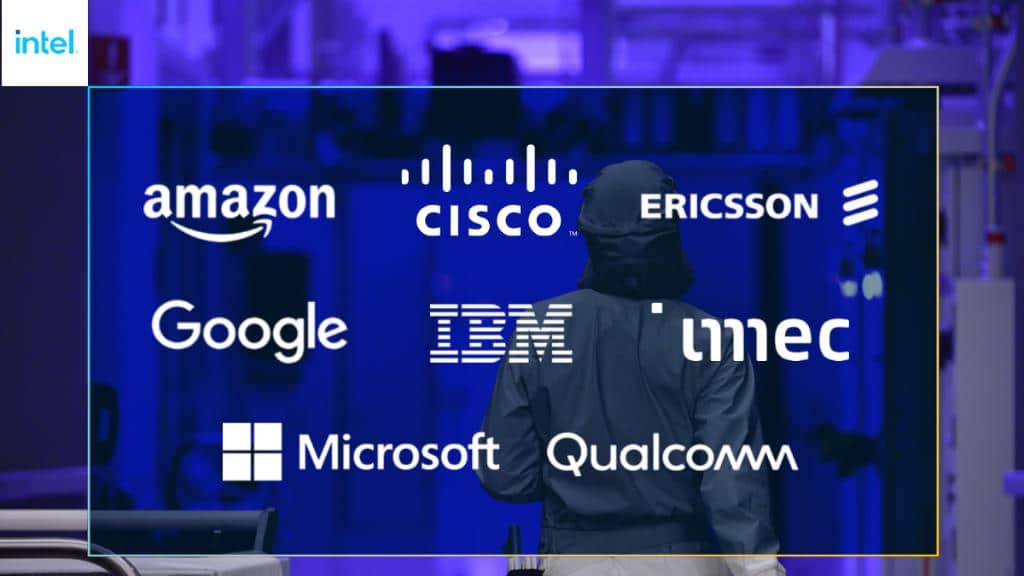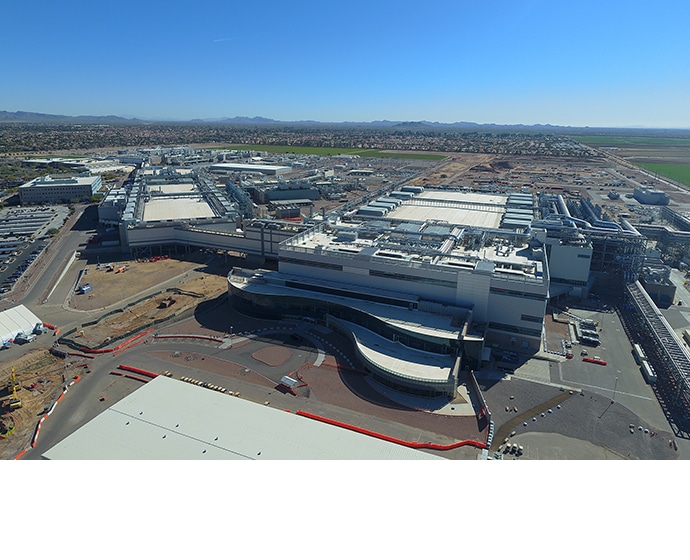Intel CEO Pat Gelsinger outlined Intel’s new vision and strategy to manufacture, design and deliver leadership products and create long-term value for stakeholders.
“We are the only company with the depth and breadth of software, silicon and platforms, packaging and process with at-scale manufacturing our customers depend on for their next generation innovations.”- Pat Gelsinger, CEO, Intel.
During the company’s global “Intel Unleashed: Engineering the Future” webcast, Pat Gelsinger shared his vision for “IDM 2.0,” a major evolution of Intel’s integrated device manufacturing (IDM) model.
The IDM 2.0 strategy focuses on the following:
- Intel 7nm Development: The 7nm process development is progressing well, and Intel expects to tape in the compute tile for its first 7nm client CPU (code-named “Meteor Lake”) in Q2 2021.
- Increased Use of Third-Party Foundry Capacity: Intel’s engagement with third- party foundries to grow and to include manufacturing for a range of modular tiles on advanced process technologies, including products at the core of Intel’s computing offerings for both client and data center segments beginning in 2023.
- New “Intel Foundry Services”: Intel is establishing a new standalone business unit, Intel Foundry Services (IFS), led by semiconductor industry veteran Dr. Randhir Thakur, who will report directly to Gelsinger. IFS will be differentiated from other foundry offerings with a combination of leading-edge process technology and packaging, committed capacity in the U.S. and Europe, and a world-class IP portfolio for customers, including x86 cores as well as ARM and RISC-V ecosystem IPs.
To accelerate Intel’s IDM 2.0 strategy, Gelsinger announced a significant expansion of Intel’s manufacturing capacity, beginning with plans for two new fabs in Arizona, with a $20Bn investment. These fabs will support both Intel’s current customers and the new foundry customers.
Intel and IBM are partnering for an important research collaboration focused on creating next– generation logic and packaging technologies. The collaboration aims to accelerate semiconductor manufacturing innovation across the ecosystem, enhance the competitiveness of the U.S. semiconductor industry and support key U.S. government initiatives.
“There is a renewed sense of energy and excitement inside Intel that is building – excitement that our employees, partners and customers are not only seeing but echoing. Our customers and partners want Intel to win, want more of what we provide and are eager to deepen our engagements. Today is the first step, and we are just getting started.” – Pat Gelsinger, CEO, Intel.
The new announcements showcase a bold and confident Intel under Pat Gelsinger’s leadership. Amidst the spectre of US-China trade war, tensions over Taiwan where the world’s leading-edge foundry is mostly centered, and global chip shortage, this is a good strategic move by Intel. The pandemic has accelerated the need for increased manufacturing capacity in the present as well as for the future.
For global US and EU companies, it bodes well to derisk and augment their supply chains across regions. This is simply because any potential disruption to Taiwanese chip supply chain would spell trouble.
Intel did indicate that its foundry plans have received enthusiastic support from across the industry, including the likes of Google, CISCO, Qualcomm, and Microsoft among others.

The $20Bn investment by Intel is a strong bet on enabling increased semiconductor manufacturing capacity and shoring-up new revenue streams. From a long-term strategic PoV, if Intel were able to follow on, execute and really execute well on the announcements, I believe we would see more investments to build a new semiconductor manufacturing ecosystem in the US.
All said, the new strategy is fraught with risks. Execution is key. All the new planned capacity will take time to develop, and are not a panacea for the current global chip shortage. It is good therefore to see Intel partnering with TSMC and Samsung to overcome the current manufacturing constraints, and while making a strategic pivot as a competitive semiconductor manufacturing partner to a vast array of companies.
If Intel were to execute well, over the long-term, the IDM 2.0 could potentially lead to a much-needed rebalancing of the global supply chain. In doing so, it could also lead to a new Intel playing a much bigger role on the global semiconductor manufacturing stage. Between now and then, there are would be many as-yet perceived market challenges. It will be fascinating to see how Pat Gelsinger’s Intel navigates them.




